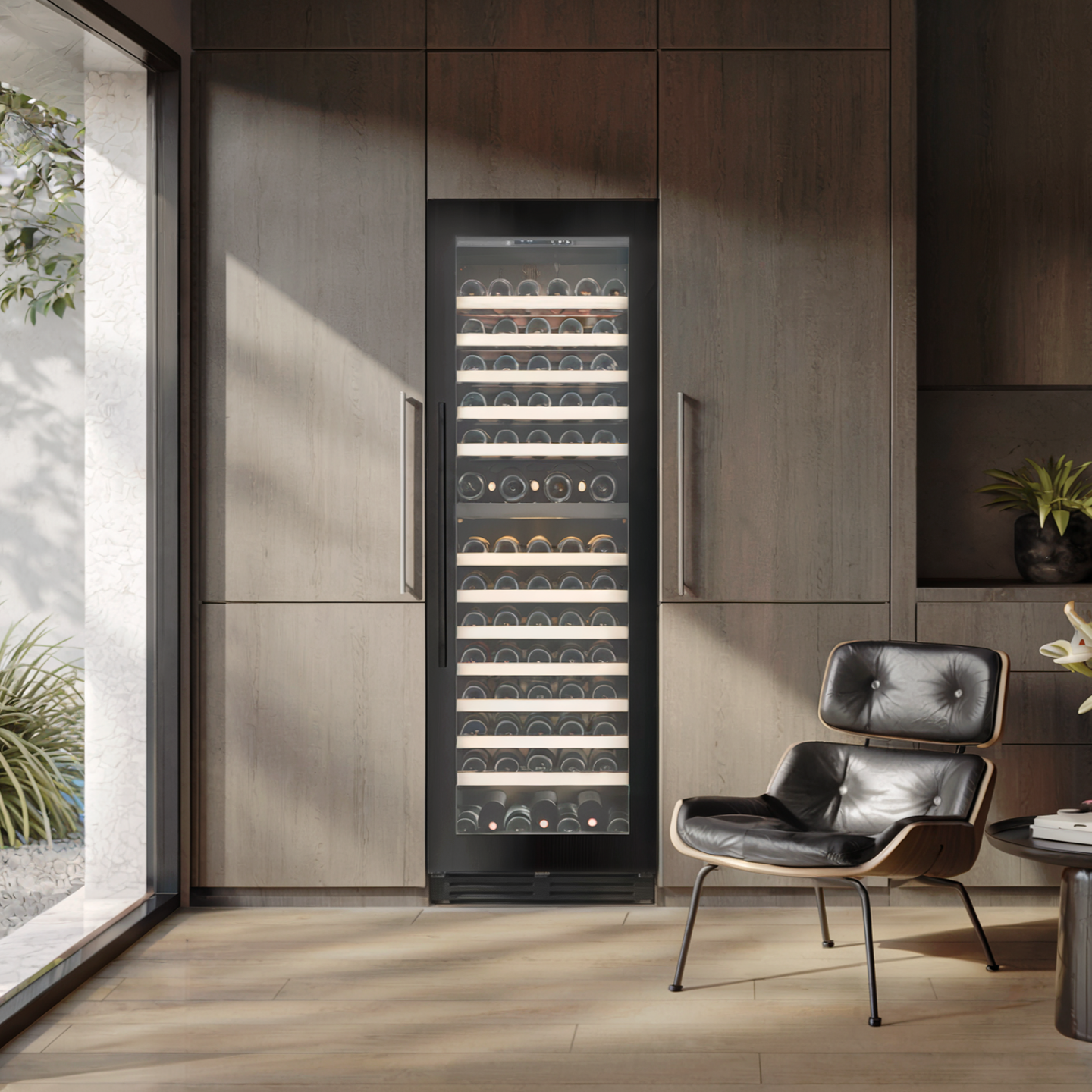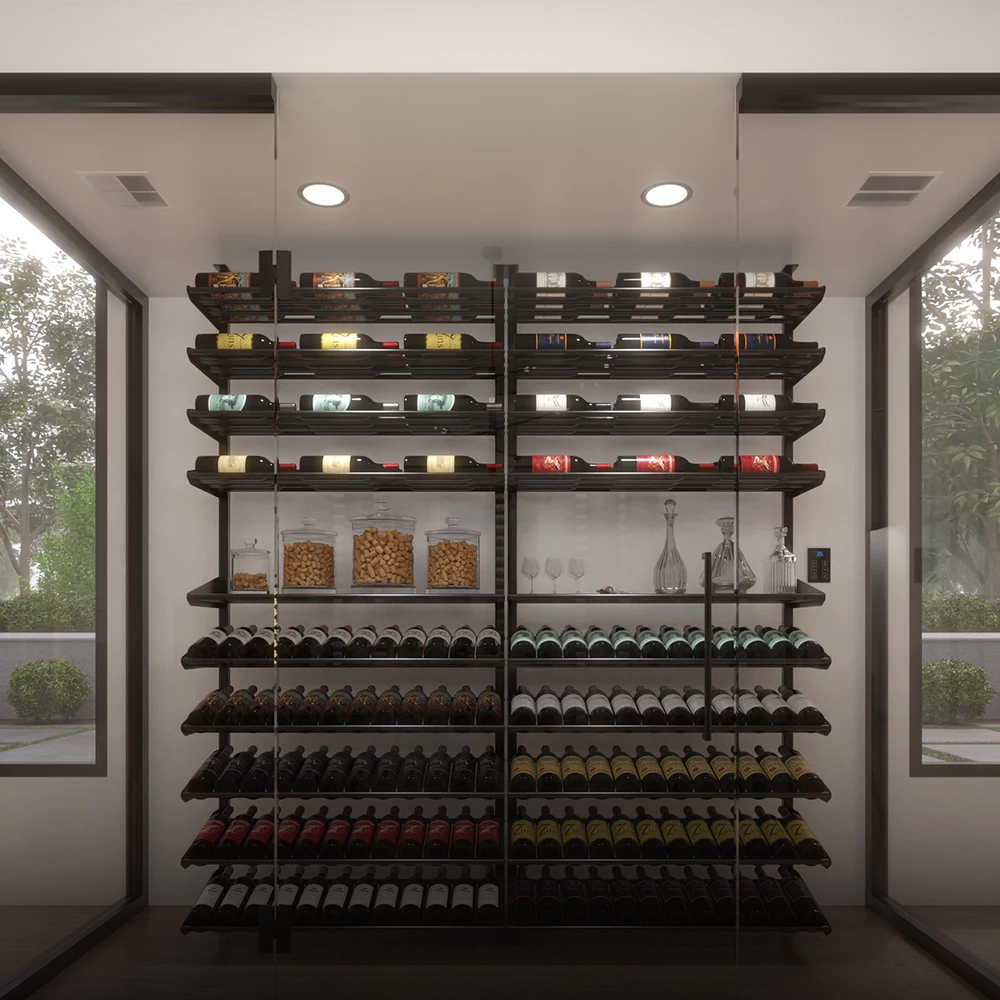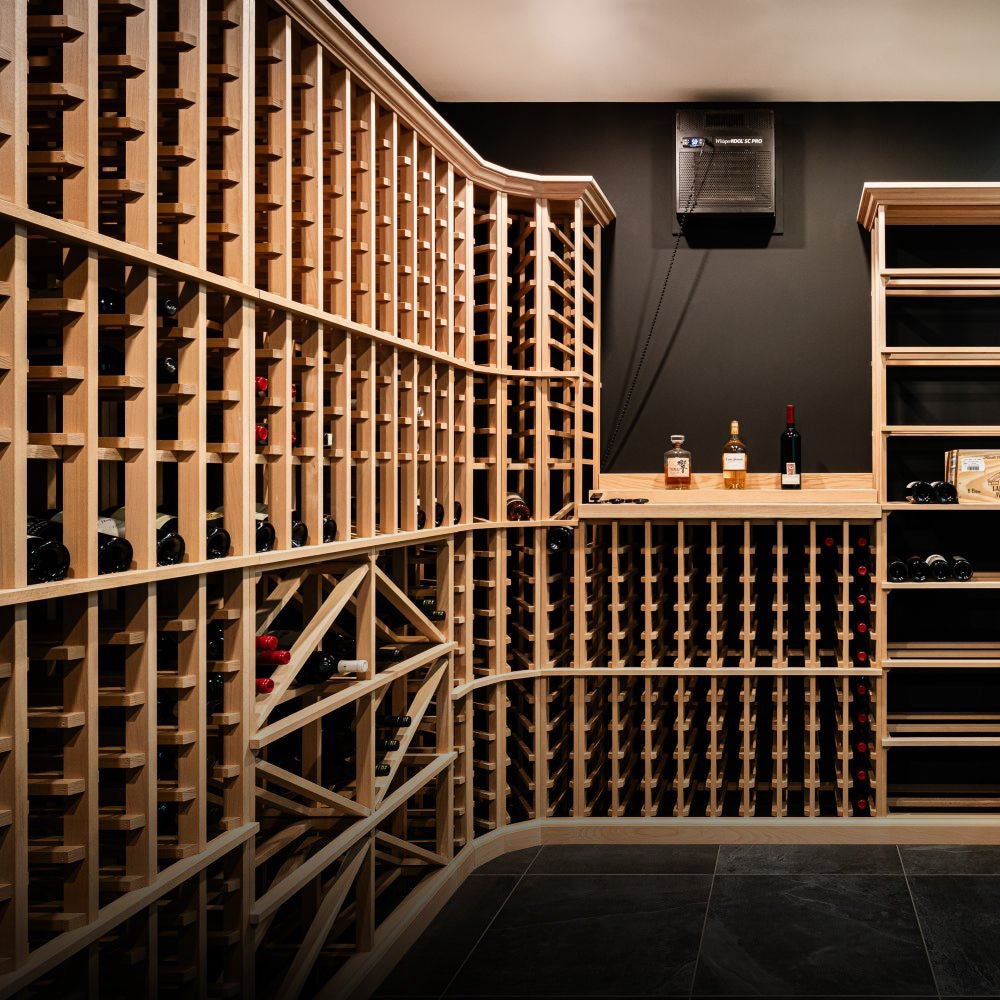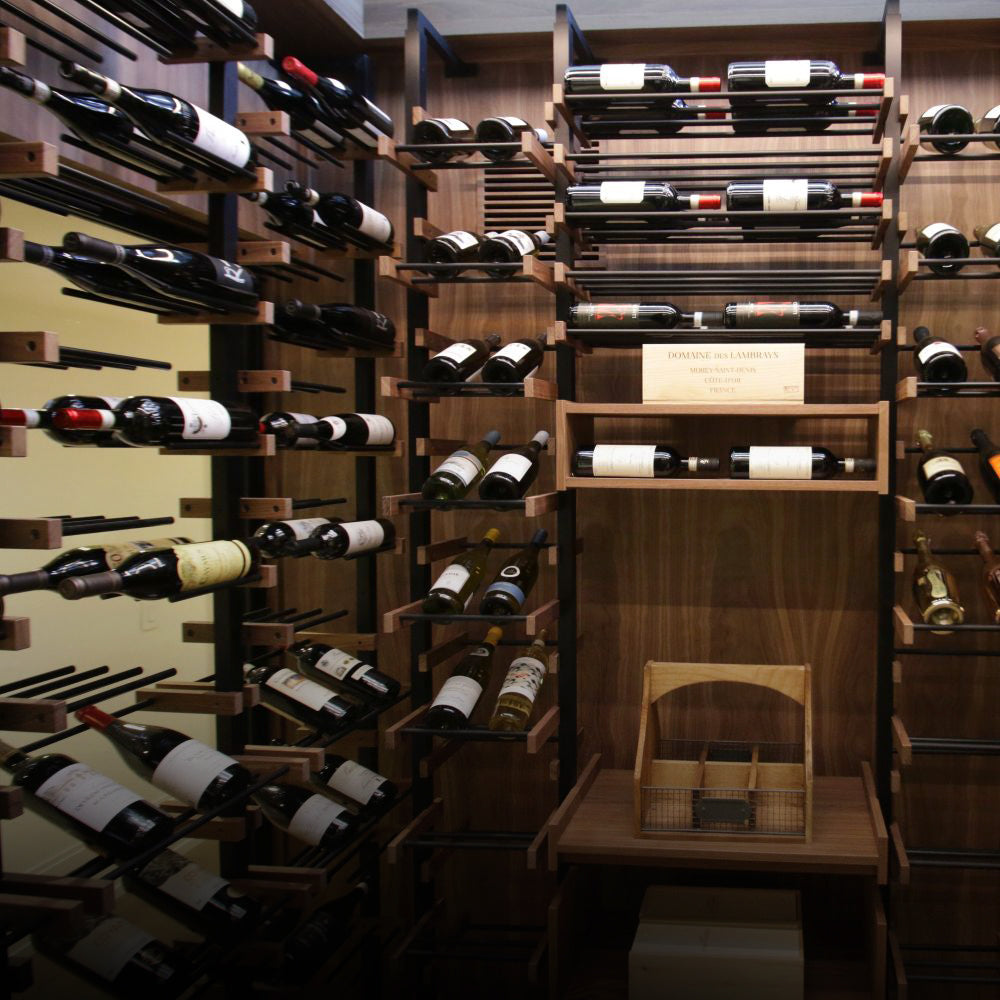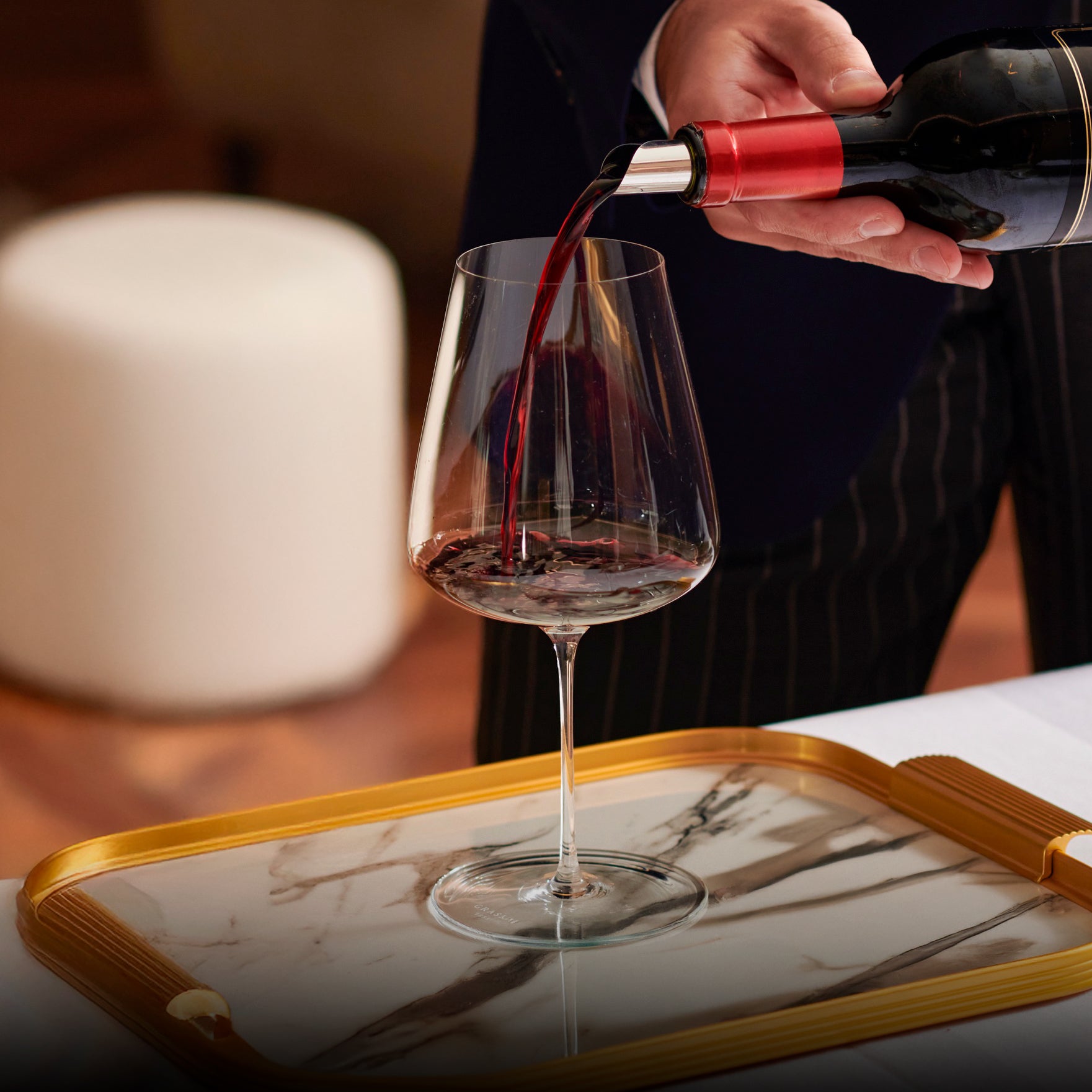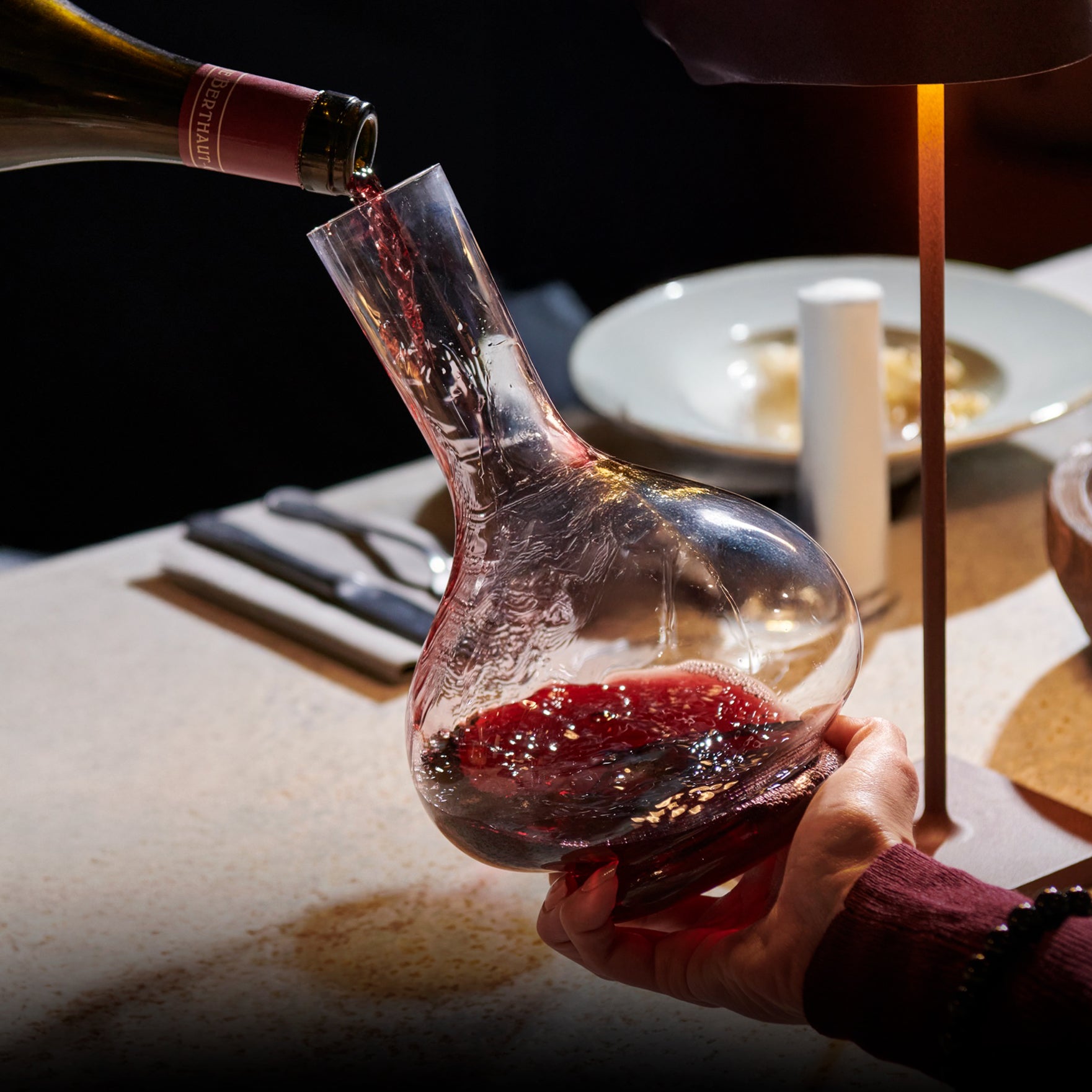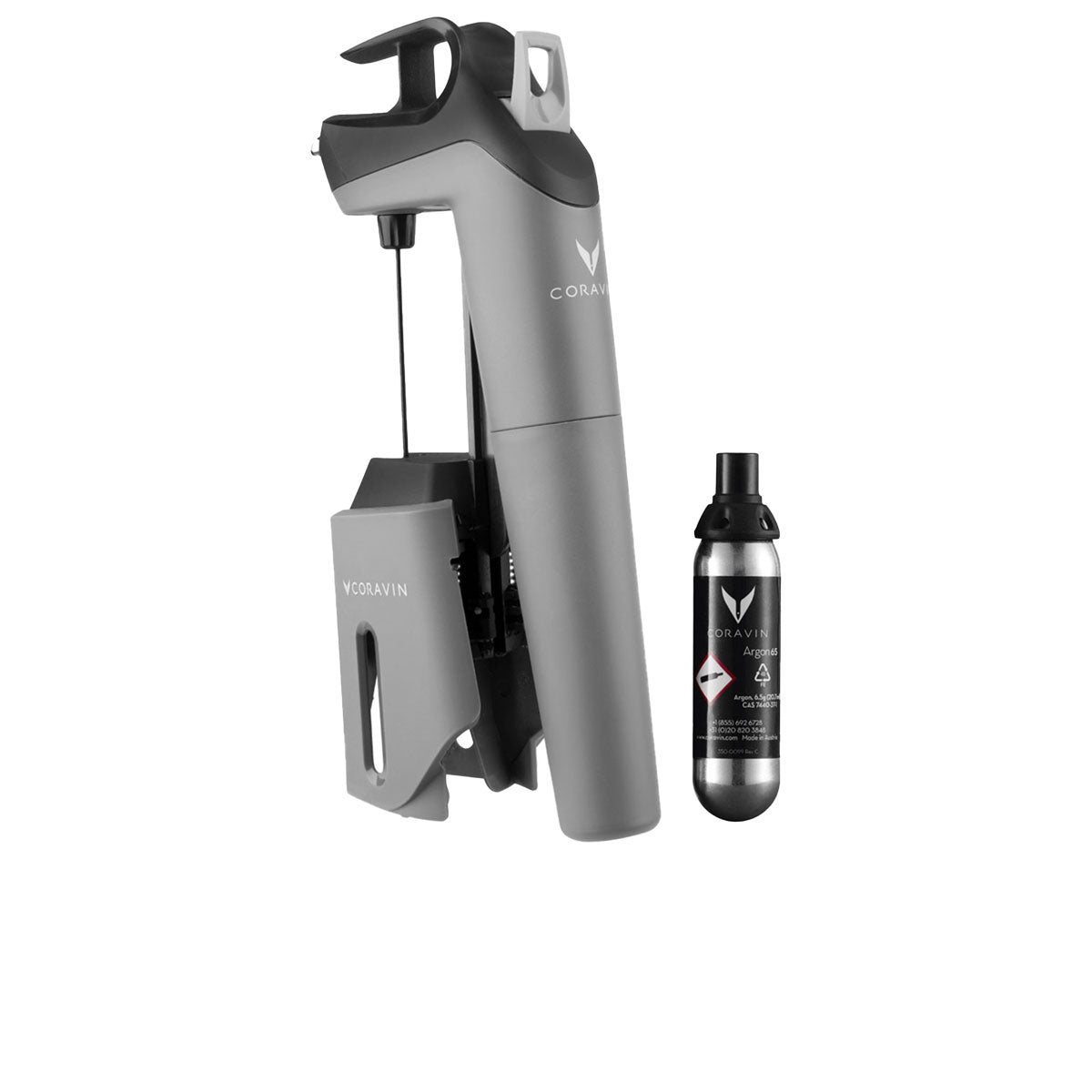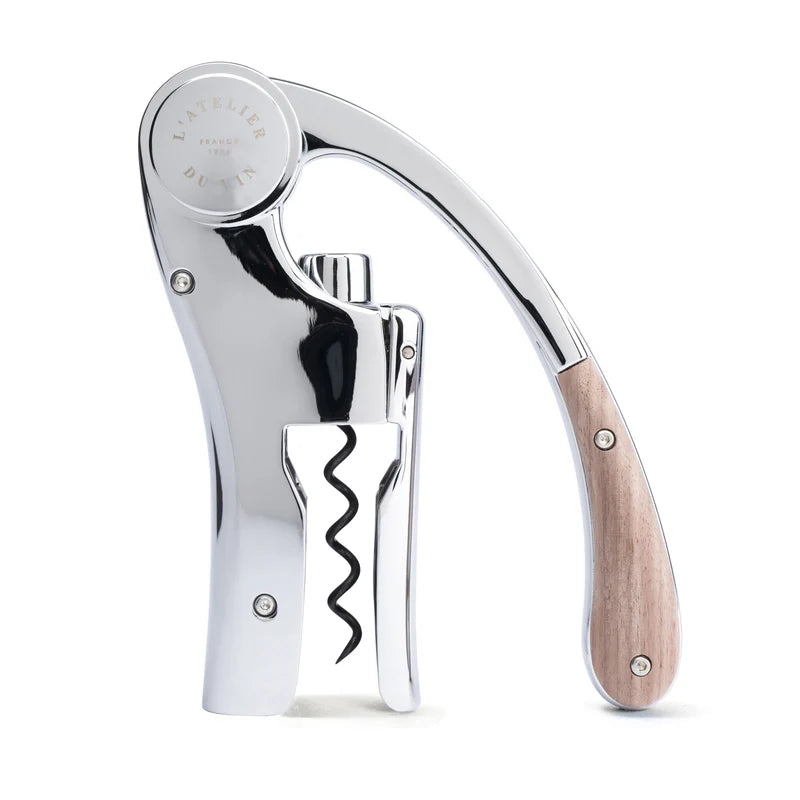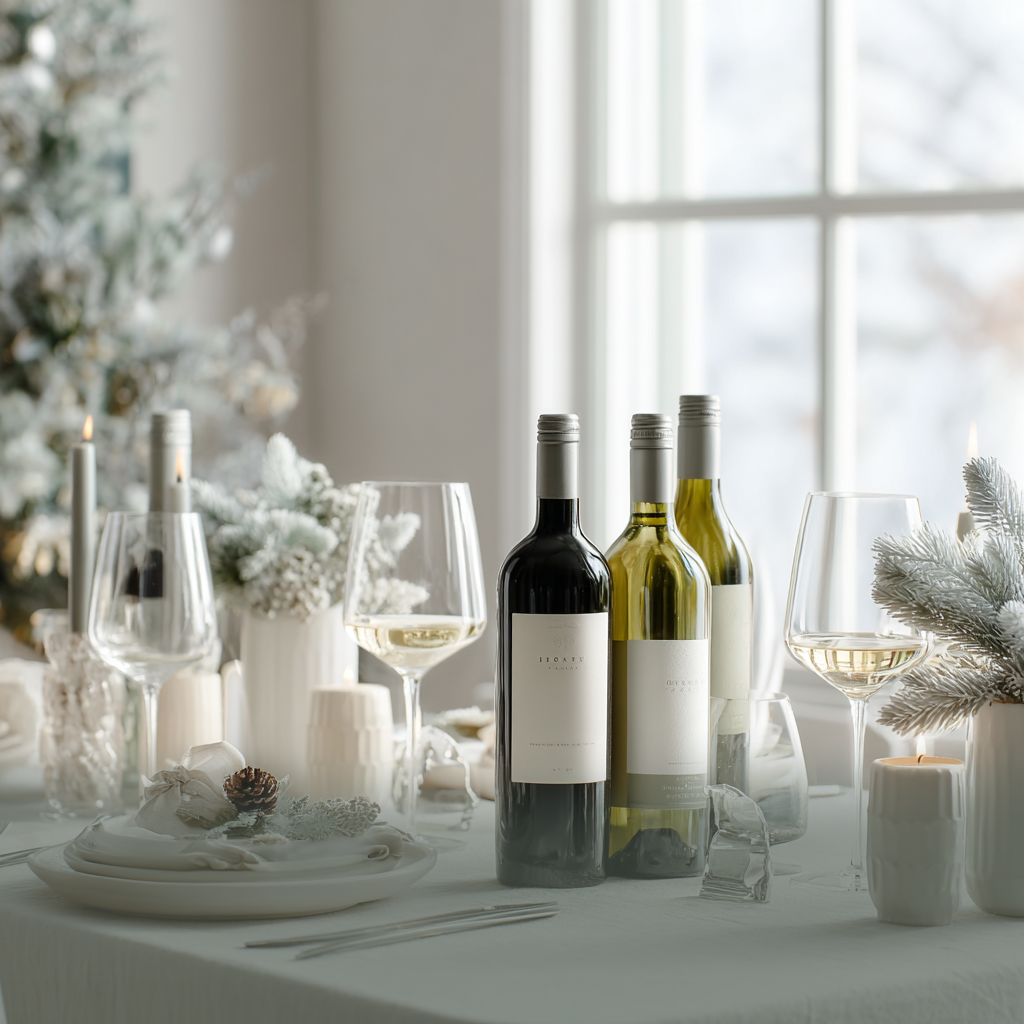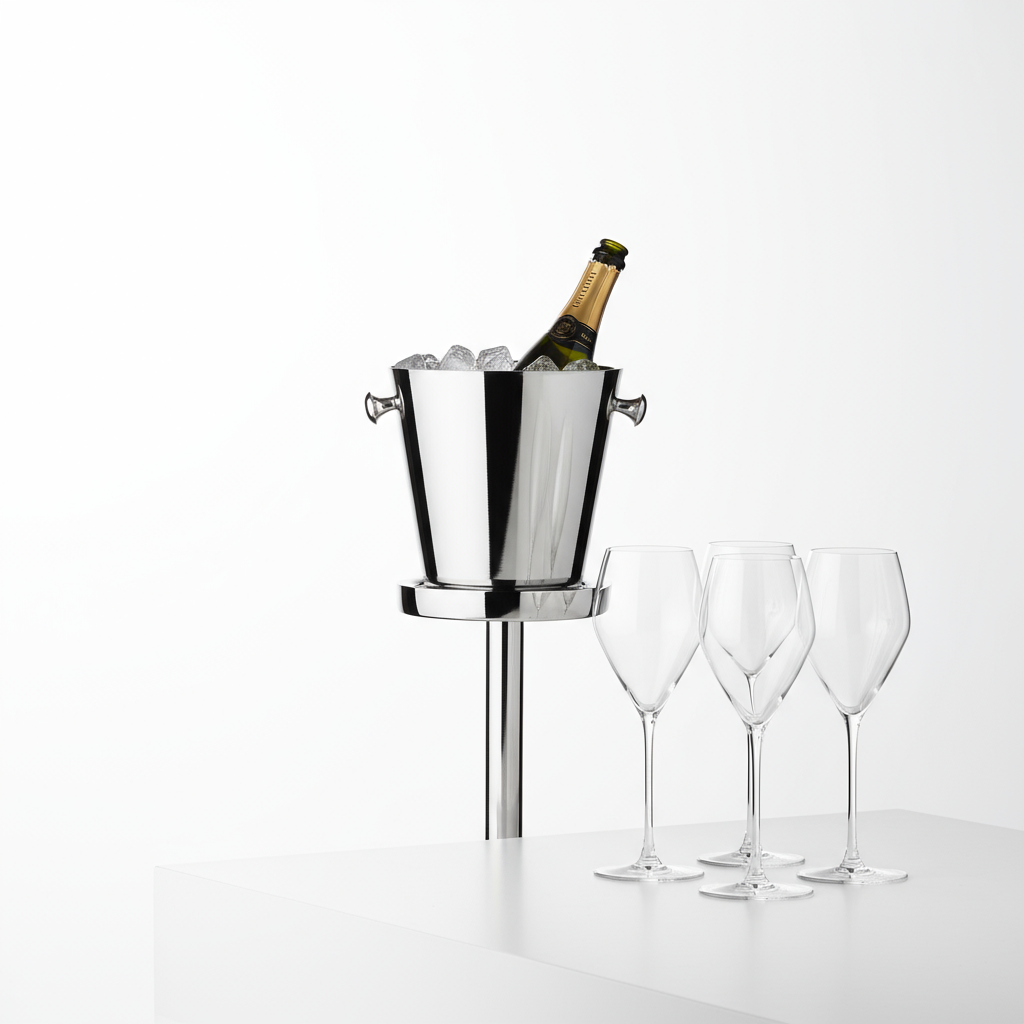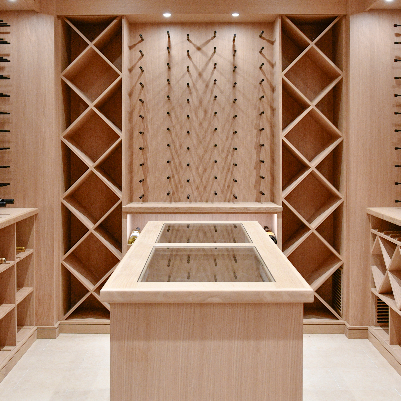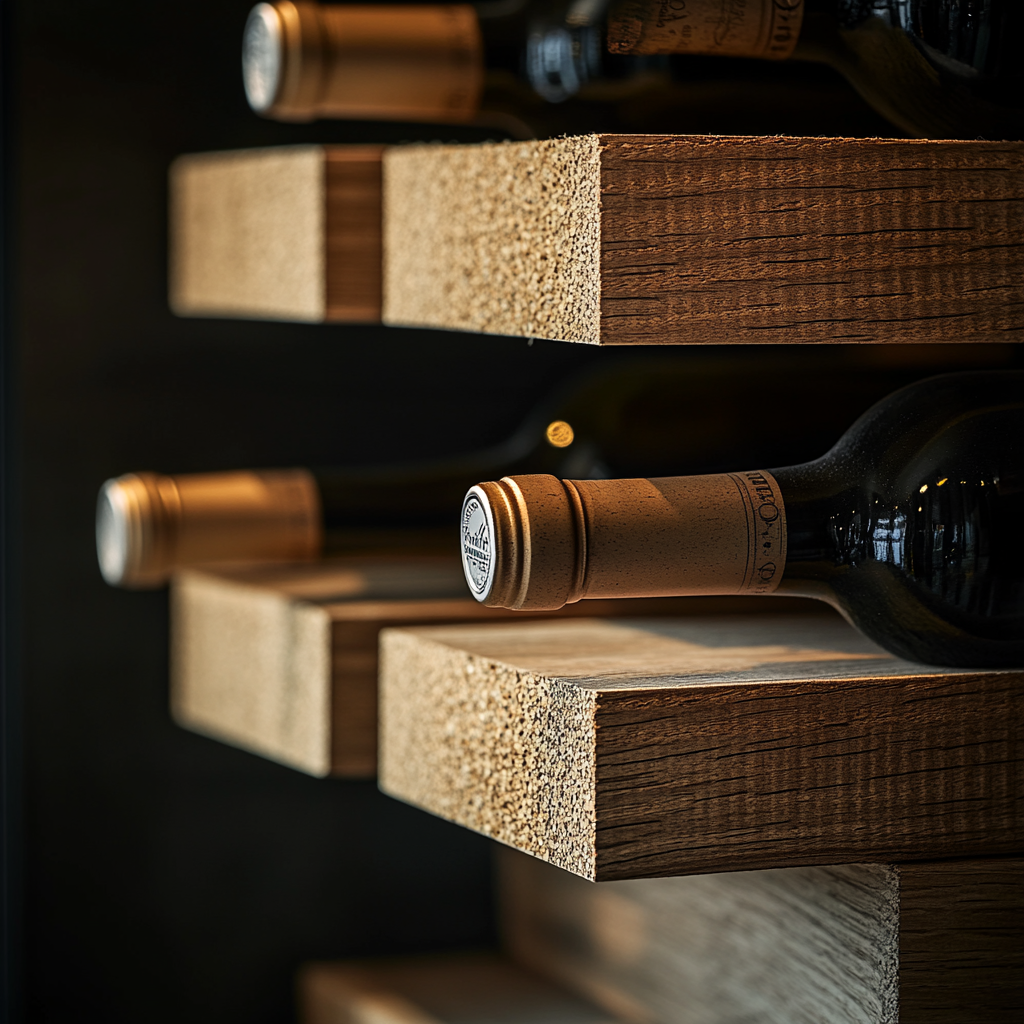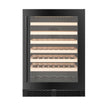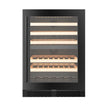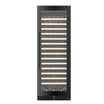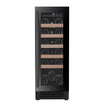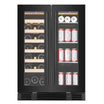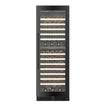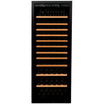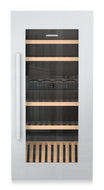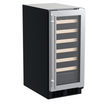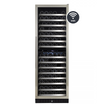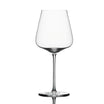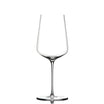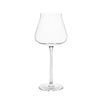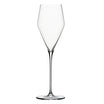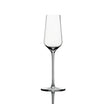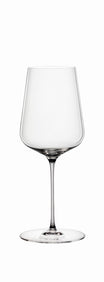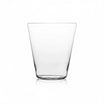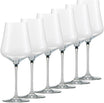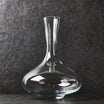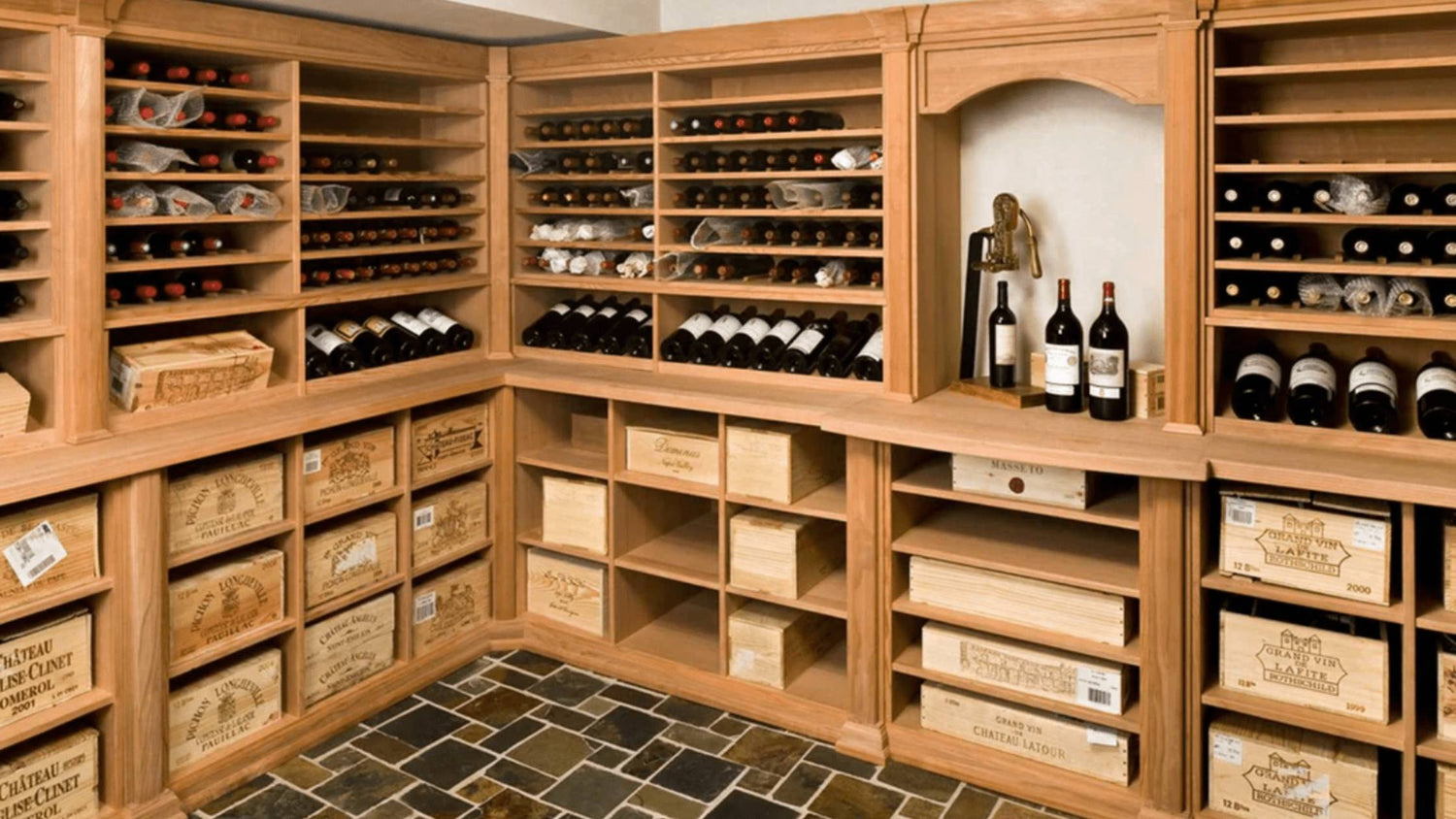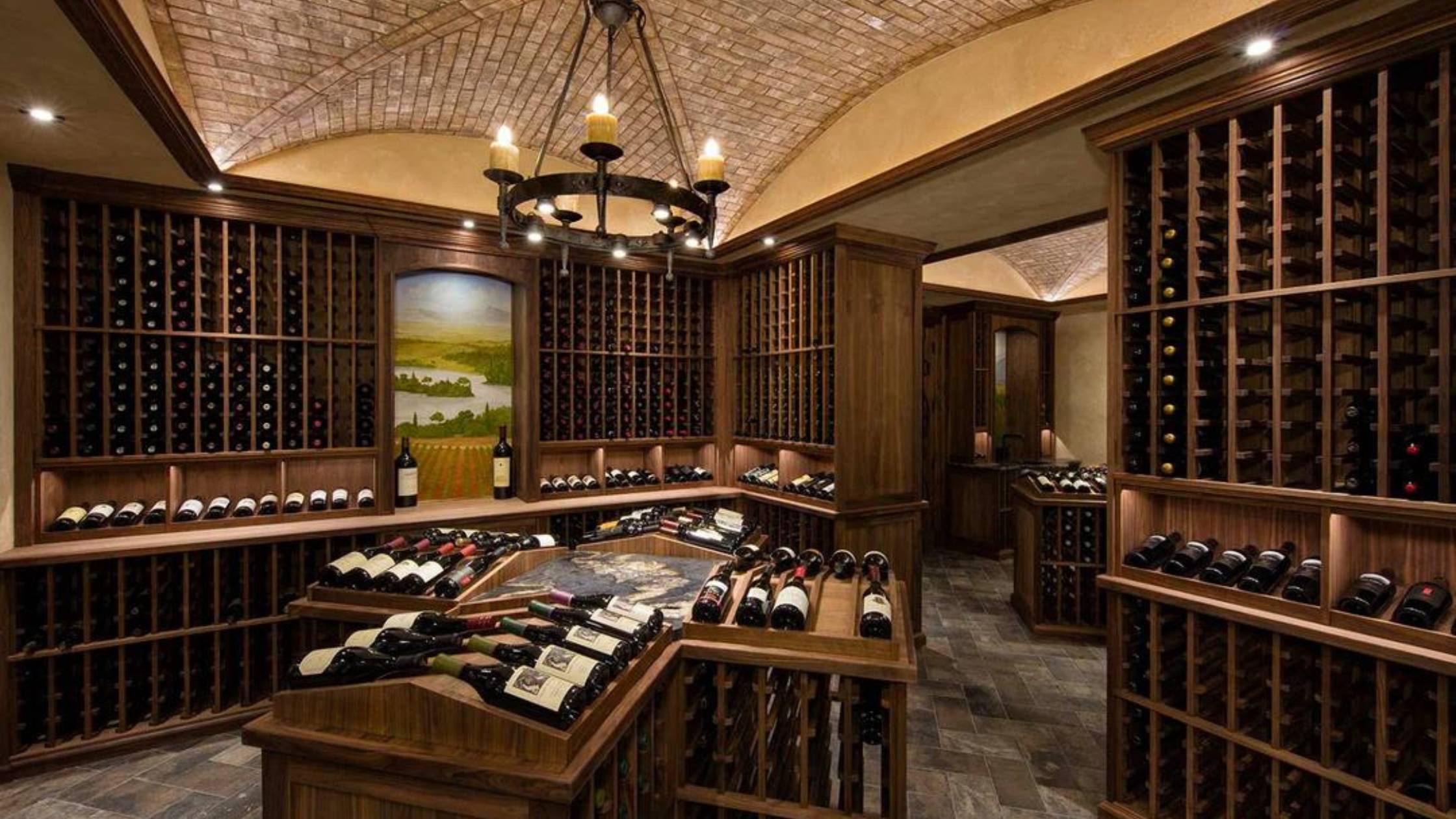Humans have a long-documented love affair with wine and the art of winemaking. The winemaking process has evolved over the centuries, and wine storage best practices have also changed with the times. Roman wine cellars, while conceptually similar, looked very different from today’s preferred wine storage cellars.
Today’s wine connoisseurs invest in premium, often customized wine storage cellars within their homes. But during the Roman Empire, wine storage looked very different from how wine lovers preserve their collections today.
The Finest Ancient Roman Wines
The University of Chicago conducted a thorough study of the history of Roman winemaking. According to their research, the finest wines grown in ancient Rome came from the southernmost regions of Latium and Campania.
Accordingly, the hills of Setia in southern Latium were renowned for producing Setine, one of the most cherished vintages in ancient Rome. Setine was a delicate wine preserved for the most affluent of Roman society. Mythology states that Bacchus, the so-called god of winemaking, would only consume Setine as his preferred wine.
Additionally, Caecuban wine was regarded as another exquisite wine of ancient Rome. Grown in the Caecuban Plains — the modern-day Plain of Fondi between Rome and Naples — Caecuban wine was preserved for the most celebratory occasions. According to the University of Chicago, Caecuban wine was largely consumed following Julius Caesar’s victory at Actium.
Caesar was an avid consumer of wine. He allegedly served four different kinds of wine at a feast during his third consulship (B.C. 46). Evidently, those four wines were Falernian, Chian, Lesbian, and Mamertine. Historians agree that it was not until after Caesar’s third consulship that people fully appreciated the merits of foreign and domestic wines.
It wasn’t until the reign of Augustus that people became more passionate about studying the entire winemaking process, increasing demand for Roman wine cellars and effective wine storage solutions. Moreover, they analyzed every part of the process, including wine preservation. The perishable liquid had religious, medicinal and social roles that set it apart from other Roman cuisine. Demand for wine expanded as the middle class grew wealthier, increasing the need to understand proper wine preservation.
Roman wine cellars were called cella vinaria

Romans stored wine in the cella vinaria. If you were ever invited into one of these sacred places, you would encounter vinum (wine) fermentation and storage vessels known as dolia defossa.
To preserve the wine, ancient Roman winemakers would bury the ceramic containers in the ground. During wine growing season, large cisterns remained above ground that typically held just under 1,000 litres of wine. The cisterns were buried up to their necks in the ground to keep the wine temperature cool and constant. Emphatically, the cella vinaria was always located far from odorous industries like leather tanneries, butcheries, or animal dung heaps to protect the purity of the wine.
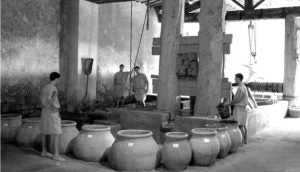
The best wines in the cella vinaria were stored separately from the submerged tanks. It was transferred from the dolia into specially made terracotta amphorae with insides coated in beeswax. If Romans were to rack the wine, they would transfer it into these study containers for long-term storage in their cella vinarias or storage among other goods in regular warehouses.
Ostia (seen above) in Italy boasts the best-known example of an ancient cella vinaria filled with dolia defossa storage containers. They would bury twenty-two dolia to store wine and olive oil. Additionally, ten jars had numbers indicating their capacity in amphorae (one amphora = 26 1/4 litres). On average, the dolia contained 33 amphorae each. Meanwhile, the twenty-two dolia at Ostia could store nineteen thousand litres of wine!
Cella vinaria evolved into modern wine cellars
The Roman cella vinaria were very sophisticated wine storage cellars for their day. However, modern wine connoisseurs have developed more advanced wine storage methods to preserve their collections of rare bottles.
Nowadays, wine enthusiasts and sommeliers invest in residential or commercial wine cellars to store hundreds or even thousands of wine bottles. Moreover, collectors with a deep-seated passion for wine collecting will invest in a customized wine cellar tailored to their unique needs and tastes.

Design & Build Your Custom Wine Cellar
Build a beautiful wine cellar based on your needs, style, and budget.
Wine or Vinum Storage in Ancient Rome
How Romans stored and preserved wine sheds light on their industry and understanding of science. They knew that air must be kept out of the storage vessel to prevent wine’s oxidation. The container had to be durable so that it wouldn’t break, but it also couldn’t be so heavy that it could not be easily moved.
In any case, the storage vessels needed to be opened periodically and then resealed. Furthermore, the jar itself couldn’t interact with the wine so that it wouldn’t compromise the flavour. The vessel needed to be stored in an environment that could maintain a stable temperature. Therefore, the Ancient Romans used four main wine storage vessel solutions.
Kvevri
Kvevri (also translated as qvevri) originated in Georgia and was used as early as 6,000 BCE. Qvevris, being so large and cumbersome — and most often buried in the ground — were unlikely used to transport wine. The clay vessels were further strengthened with beeswax-coated interiors and exterior wraps.
Besides being the oldest wine storage vessel known to man, it’s also one of the few containers used in every stage of wine production — grape crushing, aging, long-term storage, etc. The process began when unfermented or wild grapes were dumped into a kvevri, stems and all. The vat could hold hundreds to thousands of litres of liquid. The grapes were then crushed and the kvevri were further buried deep underground to keep the wine at a steady temperature.
Once the wine fermentation concluded, the kvevri was covered with a large stone to create an airtight seal. The kvevri was then left undisturbed for up to two years, allowing the wine to undergo malolactic fermentation and finish with aging. To that end, what came out was an earthenware-aged wine that tasted unlike any other liquid in the ancient world.
Amphora – Rome’s Most Standard Wine Containers
Amphorae were the ancient world’s primary method of transporting any valuable liquid. As such, they came in standard sizes that evolved from when they were first developed in the Neolithic period. The jugs transported wine, olive oil, and other prized liquids across the Roman Empire.
Amphorae came in many sizes, similar to the bulk transport formats we use today and the world’s common wine bottle sizes. These beeswax-lined ceramic containers, invented by the Egyptians, were gradually adopted by nearly all wine-drinking societies in the Mediterranean. They reached their peak usage (and standardization) in ancient Rome. These jugs were easy to produce and most importantly, easy to transport. Their cylindrical shape, tapered bottoms and sturdy handles made them easy to lift and transport.
The long neck served four purposes:
- Convenient handles were installed to help carry the jugs
- It protected the surface area of wine from oxygen exposure
- Sturdy designs allowed for plugs, corks, and other closures
- Pouring was made much easier.
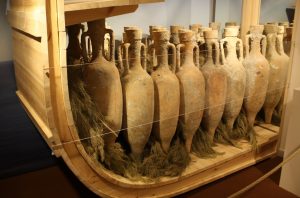
Jostling during transport was mitigated by filling a ship’s hold with sand or tree branches. Amphora were packed tightly together inside the hull to protect the wine.
Roman Age vessels were often rated by the amphorae they could carry. (Cic. ad Fam. XII.15; Liv. XXI.63). Subsequently, a vineyard’s value was determined by the number of amphorae or culei (of twenty amphorae each) it could yield.
Looking at the image of an amphora, you can see the similarities to a modern wine bottle. The long neck protects the wine from oxygen while the concave bottom collects sediments and preserves the wine. The best wines of ancient Rome were stored in the highest quality ceramic containers, which had lovely decorations. To standardize these ceramic bottles, trade administrators in ancient Rome set aside the best-proportioned amphora, called amphora Capitolina, in the temple of Jupiter on the Capitol. For this reason, all the Roman Empire’s wine jugs were fashioned in this manner to maximize value.
Modern wine bottles require premium storage solutions
The amphora slowly developed into the modern wine bottles we know today. Winemakers bottle millions of premium red, white, and sparkling wines to satisfy wine lovers globally.
Avid wine collectors will gather and store bottles of their favourite vintages. Some people store wines for special occasions, while others treat their collections as investments that grow in value over time. Regardless, wine collectors need proper storage and beautiful displays to appreciate the full value of their collections.
Decorative custom wine racks proudly present your collections in pristine form. We recommend the Premier Cru wine rack kits that use custom specialty woods and metals to create professional-grade stylish displays. Most important is that Premier Cru wine racks are modular, allowing for full customization to fit pristinely in any home wine cellar.

Premier Cru: Proud Professionalism
Transform your wine cellar into a haven of beautiful luxury.
Goatskin Bags and Animal Bladders

A waterskin is an Ancient-era receptacle used to hold water. Normally made of a sheep or cow bladder, it retained water naturally and proved useful in desert crossings until the invention of the canteen. It is still used today in some developing nations.
Though it may have been used over 5000 years ago by tribal peoples, the first documented evidence was uncovered in studies of the ancient Assyrians, who used the bladders as floats in 3000 B.C. Later, Romans used goatskin to transport water, wine and oils. On festival days, winemakers would sew goatskins together to transport large amounts of wine for the occasion.
There were two major Roman festivals relating to wine production. The Vinalia prima (“first Vinalia”) was held on April 23rd, which allowed ordinary men and women to sample the previous year’s vintage of ordinary wine in Venus’ name. At the same festival, the Roman elite offered a generous libation of wine to Jupiter in the hopes of good weather for the next year’s crop.
The second festival was Vinalia Rustica, held on August 19th. It was originally a rustic Latin harvest festival that celebrated the grape harvest, and the growth and fertility of all garden crops. Its patron deity may have been Venus or Jupiter, or both.
The wine was transported to each festival using goatskin bags that resembled goats with appendages tied and well-pitched to seal the seams tight. After that, the leather tun was created, usually atop a two-wheeled cart so wine could be carried from place to place.
Oak Barrels
As the Roman Empire expanded, they assimilated different people and technologies into their customs. The Gauls who lived northeast of the main Roman Empire transported their brew craft in wooden barrels, bound together with metal hoops. While the Celts are recognized as the inventors of the wooden barrel, historians agree that the Romans adopted the technology from the Gauls.

Wooden barrels proved stronger than clay vessels and weighed far less for the volume shipped. Also, well-made wooden barrels could be turned on their side and rolled.
Oak was the wood of choice for wine barrels. Back then, and over the following centuries, wine lovers realized the value of aging wine in oak barrels. At the time, Romans coveted oak barrels in part due to the abundance of oak trees that grew across Europe. Oak’s tight grain also made it a natural asset to protect and preserve finely made wine.
Today’s wine producers frequently use oak barrels to assist with the aging and development of fine wine. Not to mention that recycled oak barrels are great furniture in a rustic wine cellar space. It’s a great way to pay homage to old traditions by incorporating historic practices into modern settings. You can add recycled oak barrels as rustic decor for your home wine cellar.
Glass Bottles

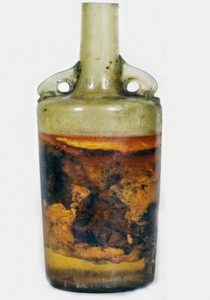 The Speyer wine bottle, on display at a museum in Speyer Germany, proves the Romans used glass bottles to store wine. The vessel is a sealed 1.5-litre (51 US fl oz) glass vessel with amphora-like shoulders and dolphin-shaped handles.
The Speyer wine bottle, on display at a museum in Speyer Germany, proves the Romans used glass bottles to store wine. The vessel is a sealed 1.5-litre (51 US fl oz) glass vessel with amphora-like shoulders and dolphin-shaped handles.The glass bottle most likely holds wine, although its interior contents have never been tested. It was unearthed in a Roman tomb discovered in 1867, but archaeologists date the vessel’s origins to between 325 and 350 AD.
As a result, that makes this relic the oldest unopened bottle of wine in the world.
Celebrate Roman Customs With Modern Wine Cellars
Much has changed since the days of the Roman Empire. But the love and appreciation for fine wine has endured the test of time.
What has changed is how wine lovers store and preserve their custom collections. As we’ve discovered more about the art of winemaking and wine storage, we’ve innovated wine storage practices with modern solutions.
There’s no better way to celebrate, preserve, and invest in your wine collection than with a beautiful custom wine cellar in your own home. A wine cellar is a connoisseur’s greatest investment and adds tremendous property value to your home.
Simplify the development process by partnering with design-build experts with the skills and experience to incorporate your specific preferences with proven construction services. Share a spiritual connection to the ancient Roman Empire through a shared love and passion for wine, and honour that bond with a beautiful cellar to enhance the value of your wine.

Build Your Perfect Custom Wine Cellar
Salute historic wine customs with aesthetic wine cellars.

